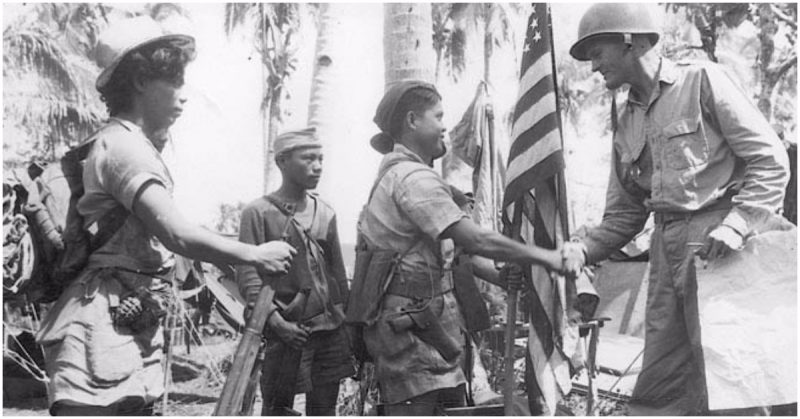War History Online proudly presents this Guest Piece from Pacificatrocities.org
The attack on Pearl Harbor on December 7th of 1941 represented the initial step of the Japanese military onslaught of Southeast Asia. The following day, the Japanese continued their aggressive military strategy in the Pacific, targeting American and European holdings in Southeast Asia.
From December 8th, 1941, to May of 1942, the Japanese campaign in the Philippines resulted in both the Japanese occupation of the Philippine Islands and the ultimate surrender of both Filipino and American troops[2]. It is estimated that 80,000 Filipino and American soldiers were forced to relocate and enter POW camps throughout the island of Luzon – if they survived the horrors of the Bataan Death March.
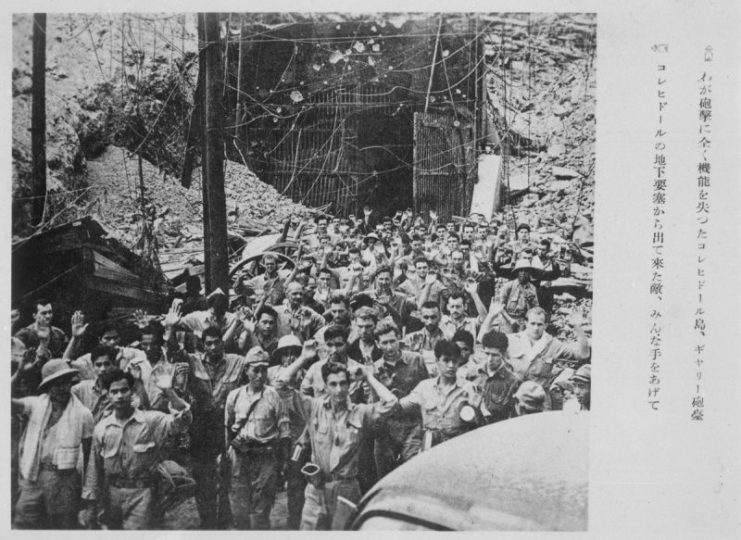
The Japanese maltreatment of the Filipino and American POWs was visible to Philippine citizens, who witnessed first hand the Bataan Death March as it passed them by. The Philippine civilians who witnessed the brutality and killing of POWs as they marched to the prison camps were themselves vulnerable to the merciless cruelty of the Japanese military. Filipino men and women who attempted to give food or water to the marchers were wounded or killed – usually bayoneted – as a result of their actions.
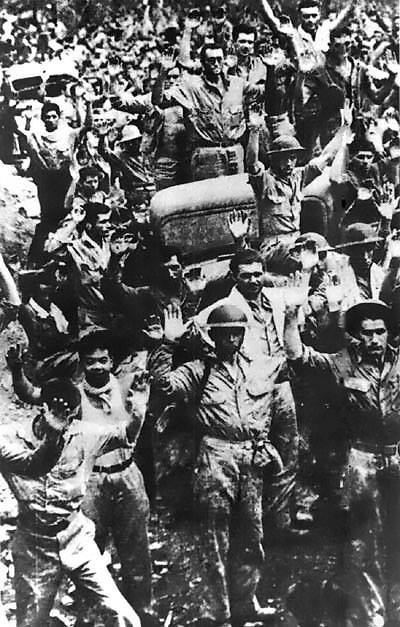
The Bataan Death March would serve as the precursor to the Japanese Imperial Military’s brutal treatment of the Philippine citizenry throughout the islands. The visible signs of maltreatment, the aggressive removal of civil liberties, the torture and capture of Filipino citizens who sympathized with the Allies, and the immediate severing of foreign relations and aide would spur a grassroots movement to resist the Japanese occupation of the Philippine Islands.
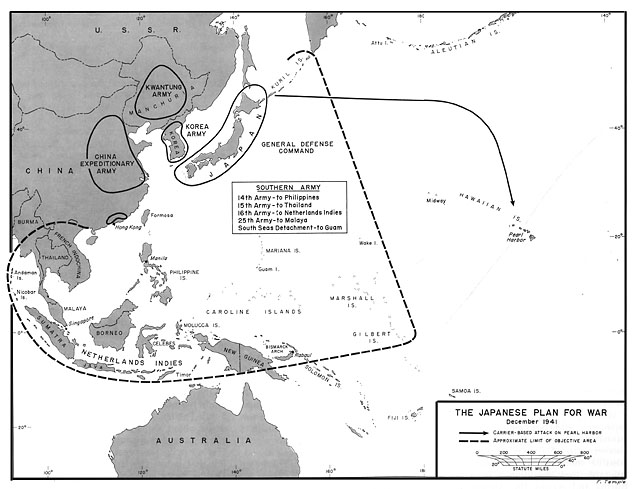
The roots of the Philippine Resistance represented the cultural and socio-economic diversity of the Philippine Islands. From socialist peasant farmers, middle school teachers, ROTC youths, to Moro (Philippine Muslim) warriors, the range and inclusivity of the men and women who participated in the struggle against the Japanese Imperial Army was seemingly inexhaustible.
Women guerrilla fighters especially made major contributions to the liberation of the Philippines, but unfortunately, similar to the guerrilla fighters from the Islands’ ethnic minorities, have received less acknowledgment and discussion in the history of the Pacific Theater during World War II.
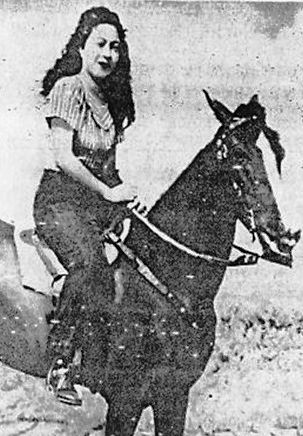
The Philippines, during the early half of the twentieth century, witnessed few advances in women’s rights. But with the threat of war and the encroachment of the Japanese Imperial Army, the patriarchal and religiously conservative culture of the Philippines could not afford to maintain its traditional standards regarding gender.
The grassroots resistance drew heavily on the patriotic fervor of many Filipinas who saw the guerrilla resistance as an opportunity to liberate their homeland as well as prove the capabilities of their sex.
Their guerrilla efforts proved women were more than capable of taking on numerous roles: soldiers, leaders, activists, journalists, nurses, doctors, spies, and dedicated patriots. Filipina guerrillas proved to be a vital aspect of both the soldiering and reconnaissance missions that allowed the Allies an opportunity to retake the Philippines.
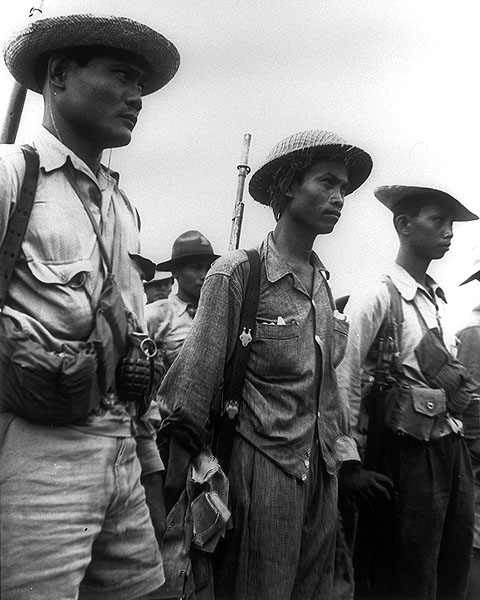
Historians estimate that for every ten male guerrillas, one Filipina guerrilla served in the underground resistance. Over 260,000 male Filipino guerrillas served the resistance effort. This number reflects how Filipinas have been neglected in the history of the war, or who, because of their status as women, were not officially counted as serving, and that female guerrillas represented possibly more than 10% of the resistance force.
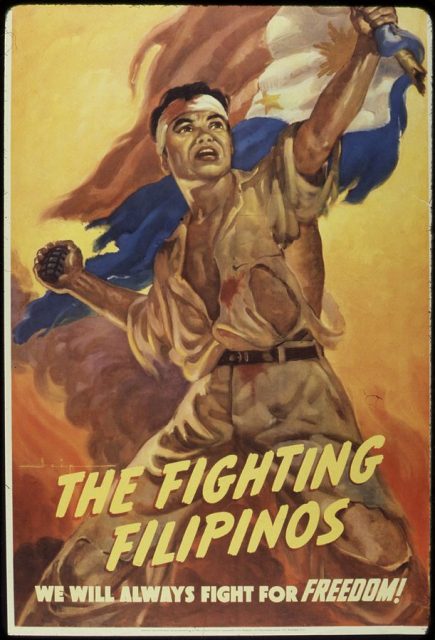
These statistics, given the few surviving resources available regarding Filipina guerrilla efforts, brings to light the missing narratives of a traditionally very American-centered written history on the liberation of the Philippines of World War II. The wartime experiences of women of color in the Pacific provide opportunities to address the various contributions, struggles, and cultural diversity that aided and represented the Allied front of the Pacific.
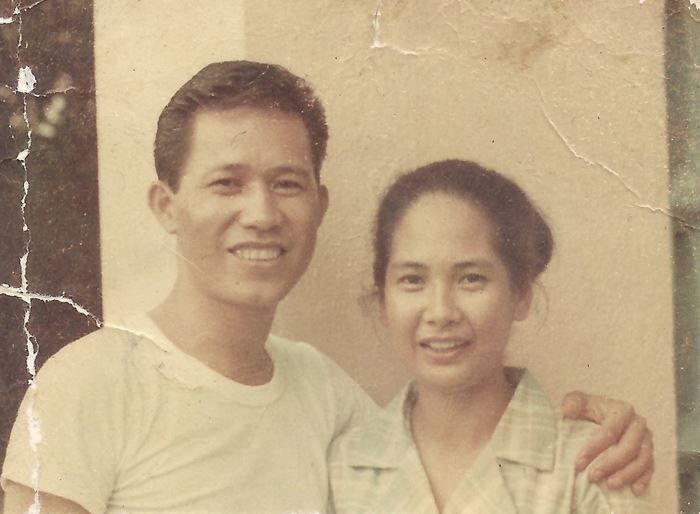
Filipina guerrillas, similar to their male peers, were aware of the risks and the ultimate sacrifice they would have to make in their efforts to push the Japanese Imperial Army out of their homeland. One of the added fears and risks that Filipinas shared that their male peers did not was the threat of rape and being forcibly used as ‘comfort’ women (sex slaves) for the Japanese Imperial Army.
Despite the risks of death, torture, and rape, the Filipina guerrillas of the Philippine Resistance gave themselves selflessly and heroicly to the cause of both the liberation of their people from the Japanese imperial regime and to the progress of women’s rights in Southeast Asia.
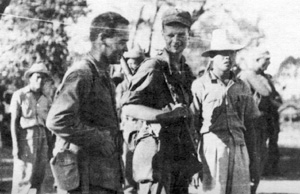
Filipina guerrillas took on various roles. Many served as medical aides or nurses. The late Dorothy Dowlen, a Filipina mestiza (mixed ancestry of Philippine and European heritage) born and raised in Mindanao, served as a medical aide helping Allied soldiers and guerrilla fighters while helping her own family escape the brutalities of the Japanese invasion.
Filipina nurses provided the much needed medical help for struggling American soldiers who escaped the POW camps throughout the Philippine Islands. Filipina nurses and doctors such as Bruna Calvan, Carmen Lanot, and Dr. Guedelia Pablan would continue to help civilians, soldiers, and POWs in the region surrounding Bataan despite the loss of their hospital and lack of supplies and food.
Risking their lives to smuggle medicine into POW camps and maintain their self-built health centers (nipa huts), Filipina guerrillas and female resistance supporters helped not only to physically heal the wounded but strengthened community and soldier morale to better fight the Japanese invaders.
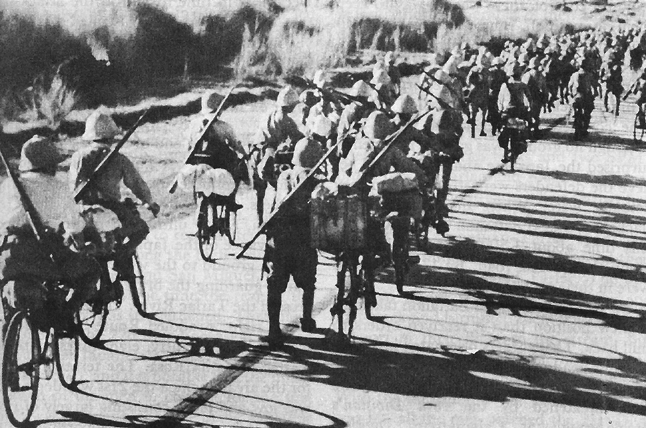
Often, Filipina nurses used their medical training to assist other guerrilla groups such as the WAS (Women’s Auxiliary Service), led and founded by Josefa Capistrano. Josefa Capistrano, a Chinese-Filipina mestiza would be one of the first Filipinas to establish and train women as soldiers, nurses, and spies, schooling them in methods of reconnaissance and the use of firearms and self-defense.
Capistrano’s female troops served under the tenth military district in Mindanao and would also supply the guerrillas and local communities with food, medical, and military supplies. In 1963, the WAS would be renamed the WAC (Women’s Auxiliary Corps) and would become an official military branch of the Philippine Army managed by women for women.
Other Filipina guerrillas undertook reconnaissance missions, establishing guerrilla networks throughout the Philippine archipelago, maintaining contact with the Allied forces, and thwarting Japanese propaganda efforts (film, radio broadcasts, newspapers, pamphlets) seeking to win over the Philippine people’s support. Filipina guerrillas like Colonel Yay Panlilio served as a radio and newspaper journalist while fighting alongside and leading her very own unit of male guerrillas under the Markings Guerrilla troops on the island of Luzon.
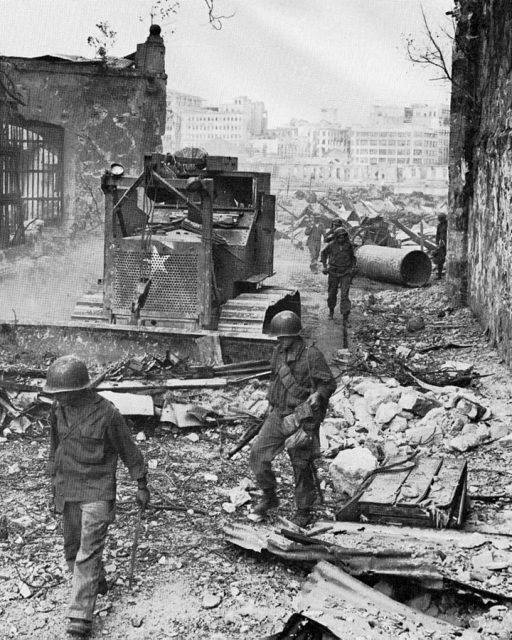
Panlilio used her journalist skills to cleverly hide resistance messages in public radio announcements. She also documented and maintained guerrilla activities, relaying information to the Allied forces and to other guerrilla organizations. Panlilio also routed out undercover Filipino collaborators (makapili) who sought to paint the Philippine Resistance as detrimental to Imperial Japan’s efforts to absorb the Philippines into a “friendly” pan-Asia.
These courageous women broke their society’s gender norms while playing a central role in ultimately liberating their homeland from Japanese imperialism. And they did so while promoting the abilities, talents, and skillsets women were capable of in a male-centered society. Through their sacrifices, Filipina resistance fighters like Josefa Capistrano championed gender and racial equality as one of the goals for their resistance efforts.
Capistrano would not accept honorable mentions or awards for her efforts until the Philippine government recognized the WAC as an official branch of the military. Most importantly, their contributions in the Pacific Theater demonstrated the many strengths of past colonial territories who were undoubtedly deserving and capable of self-governance in the post-war era.
